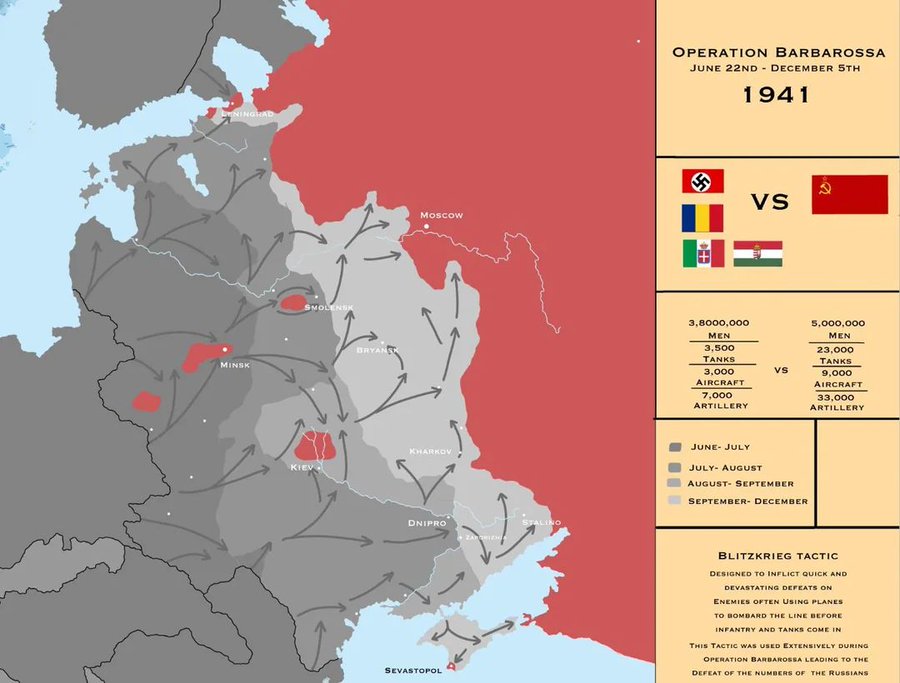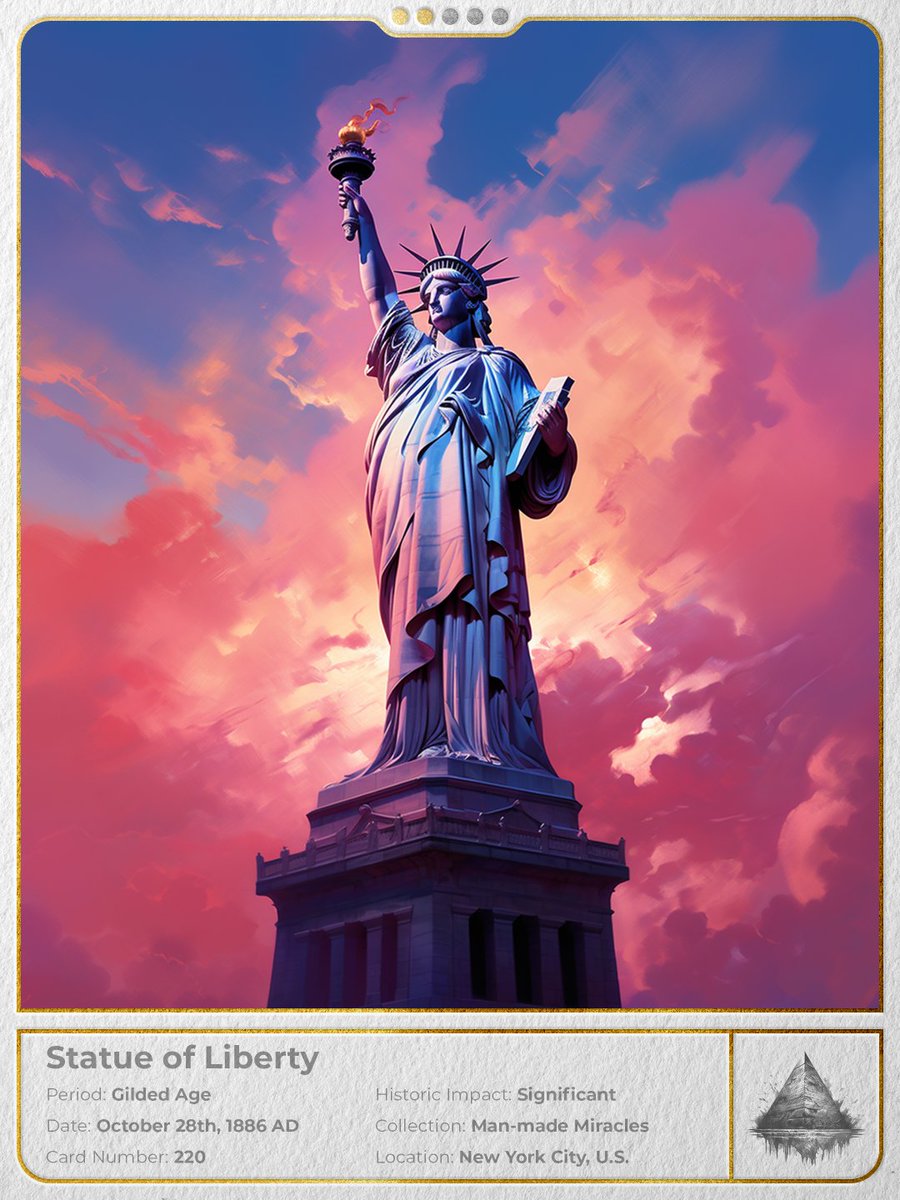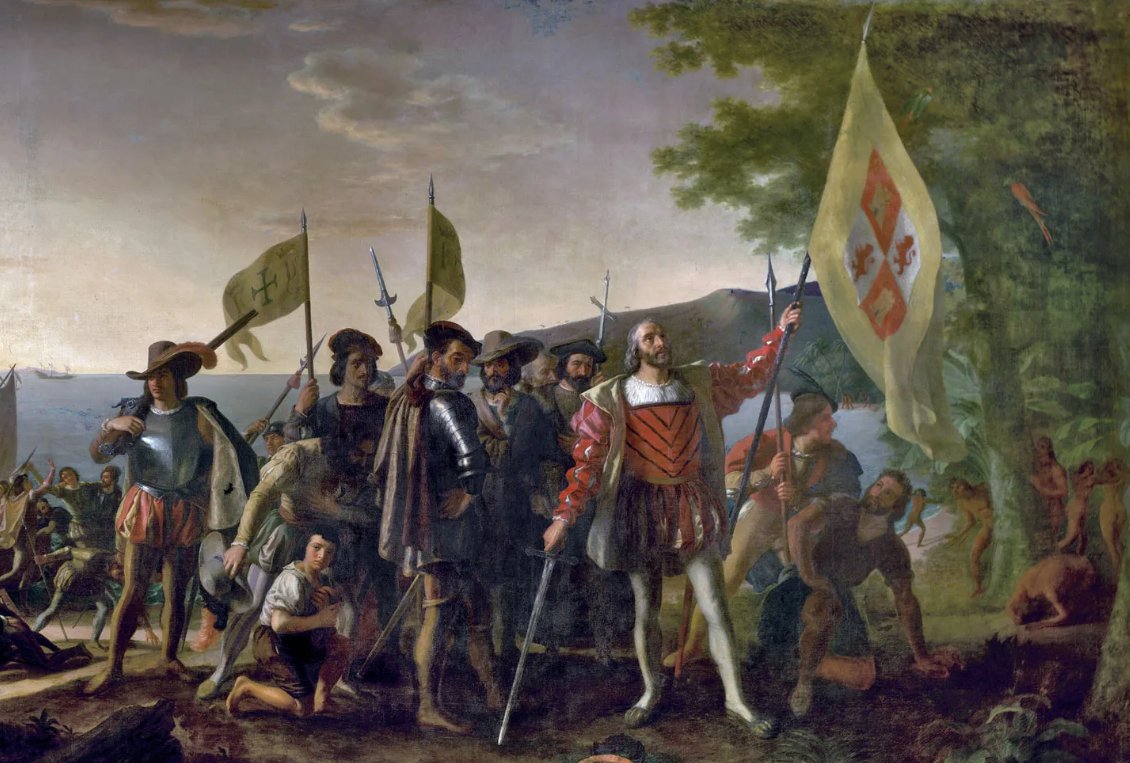“Tough times make tough people.”
The Norse climate was very tough, subsequently it produced a group of people the world hadn’t seen before.
When "Vikings" started to showing up with a vengeance on the shores of Europe the continent would never be the same.
Let's dive in:
The Norse climate was very tough, subsequently it produced a group of people the world hadn’t seen before.
When "Vikings" started to showing up with a vengeance on the shores of Europe the continent would never be the same.
Let's dive in:

The Viking Age is generally considered to have begun around the late 8th century. Early raids were primarily focused on monasteries and coastal settlements in the British Isles. 

The raid on the monastery of Lindisfarne in Northumbria (present-day England) in 793 is often considered the starting point of the Viking Age. This event shocked Christian Europe and marked the beginning of widespread Viking raids.
The word "Viking" has its origins in the Old Norse language. In Old Norse, the term "víkingr" was used to refer to a seafarer or pirate. It is believed to be derived from the Old Norse verb "víkja," which means "to turn" or "to move away."
Vikings were excellent seafarers and navigators.
In the 9th century they eventually expanded their raids to Western Europe, targeting areas such as Ireland, Scotland, Netherlands, Germany, France, and the Iberian Peninsula.
In the 9th century they eventually expanded their raids to Western Europe, targeting areas such as Ireland, Scotland, Netherlands, Germany, France, and the Iberian Peninsula.

In 860, a group that was allegedly led by the famous chieftain Ragnar Lothbrok (a legendary figure of whom I did a card before), conducted a notable siege of Paris in the 860s. This event exemplified their ability to carry out large-scale military operations.

In the late 9th century Vikings established the Danelaw in parts of England, where they settled and integrated with local populations. This marked a transition from primarily raiding to more permanent settlements in various parts of Europe.
During the 10th century Vikings engaged in exploration, reaching as far as Iceland, Greenland, and possibly North America. They also established trade routes through rivers and seas, connecting with the Byzantine Empire and the Islamic Caliphate.

The conversion of Scandinavians to Christianity began in the late 10th century, with leaders like Olaf Tryggvason in Norway and Sweyn Forkbeard in Denmark playing key roles.
Both of them deserve a card and will duly receive one.
Both of them deserve a card and will duly receive one.
Eventually, raiding became less profitable, the risks were higher and the viable targets decreased.
Christianity spread, combined wit the settling and intermingling of the Vikings with the local populace the raids subsided.
Christianity spread, combined wit the settling and intermingling of the Vikings with the local populace the raids subsided.
Even though the raiding subsided, the influence of the Viking culture would expand.
The Varangian Guard, which I've covered on another occasion, is a prime example of how Nordic (warrior) culture was embraced and embedded within various parts of the continent.
The Varangian Guard, which I've covered on another occasion, is a prime example of how Nordic (warrior) culture was embraced and embedded within various parts of the continent.

The Norman Conquest of England in 1066 is often considered the symbolic end of the Viking Age. The Battle of Stamford Bridge and the Battle of Hastings played crucial roles in this transitional period.
Even though the Vikings are etched in our collective memory for their raids, it is their culture, mystic practices, trading and exploration that are as fascinating to me and can't be seen independent from their violent expeditions.
I'll be covering much more from this fascinating era in subsequent card releases.
Thanks for sticking with me. 💪
Thanks for sticking with me. 💪
• • •
Missing some Tweet in this thread? You can try to
force a refresh






















